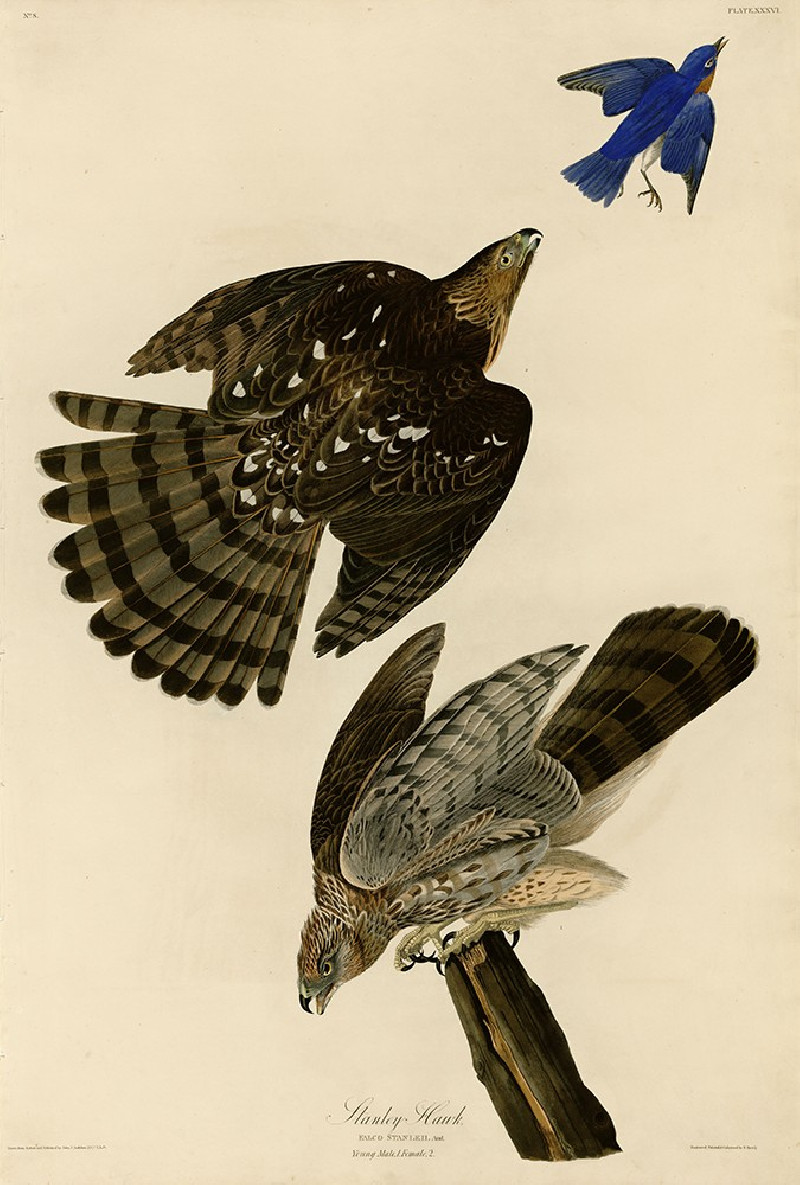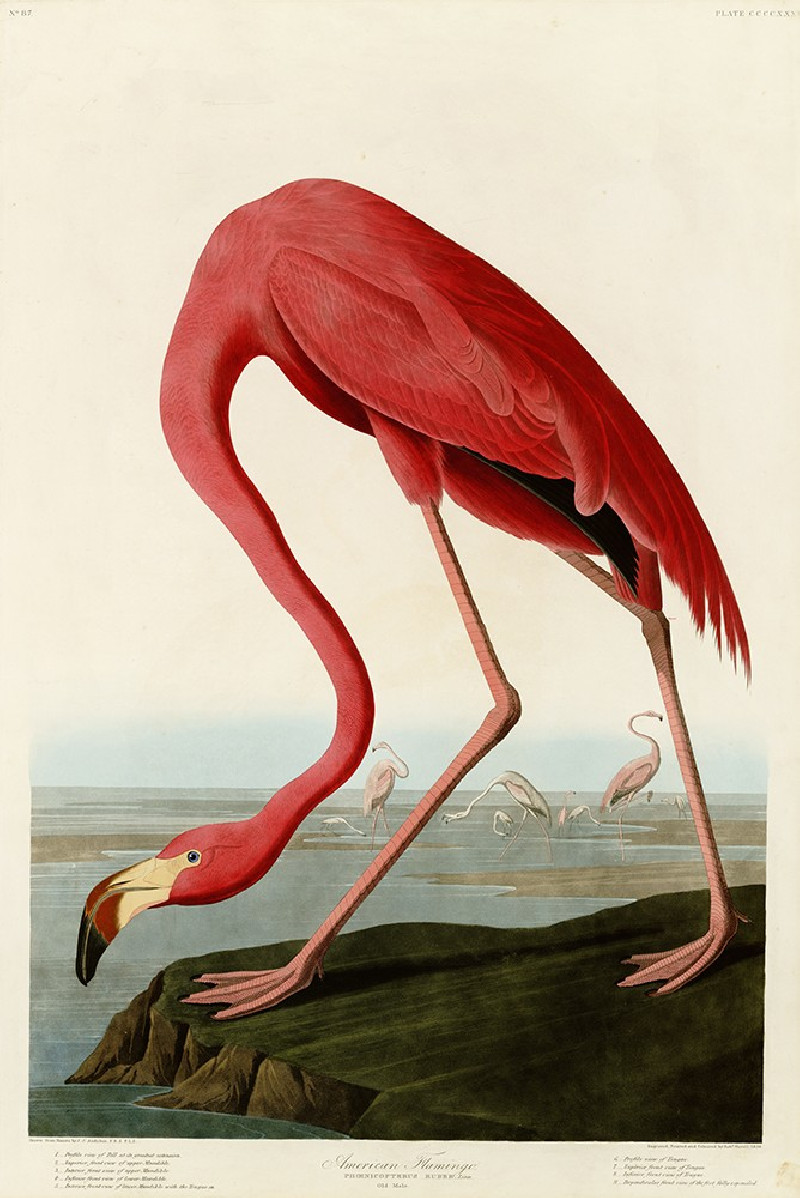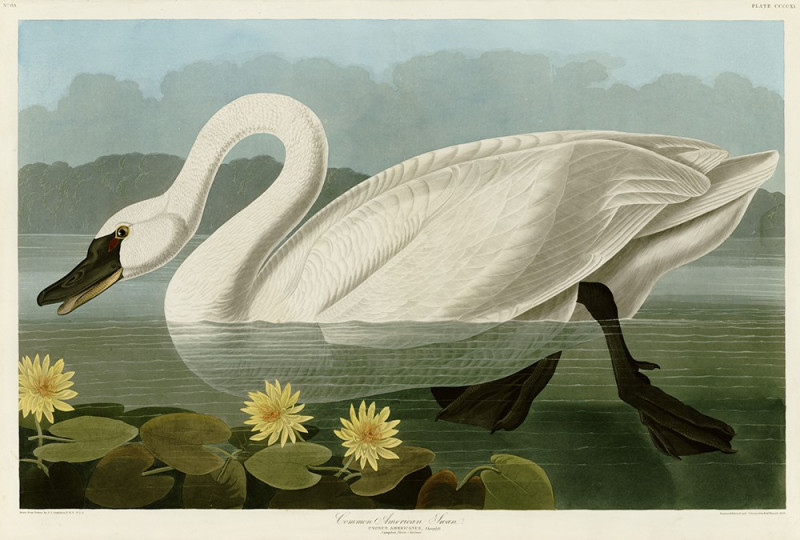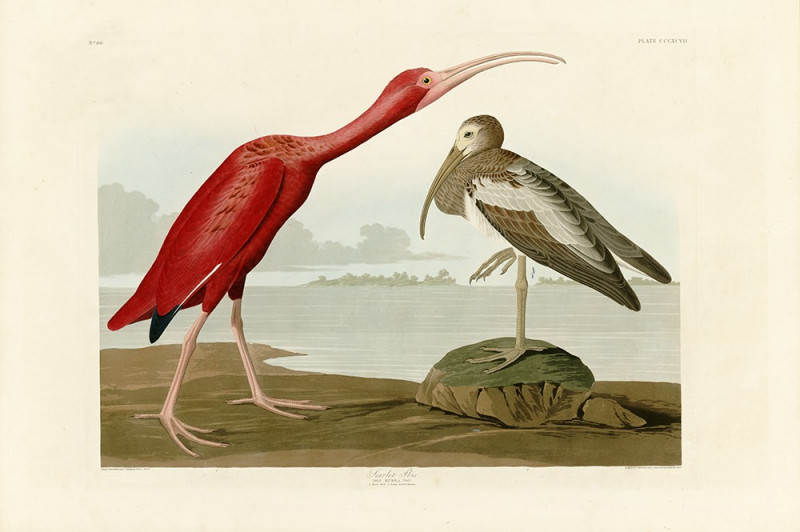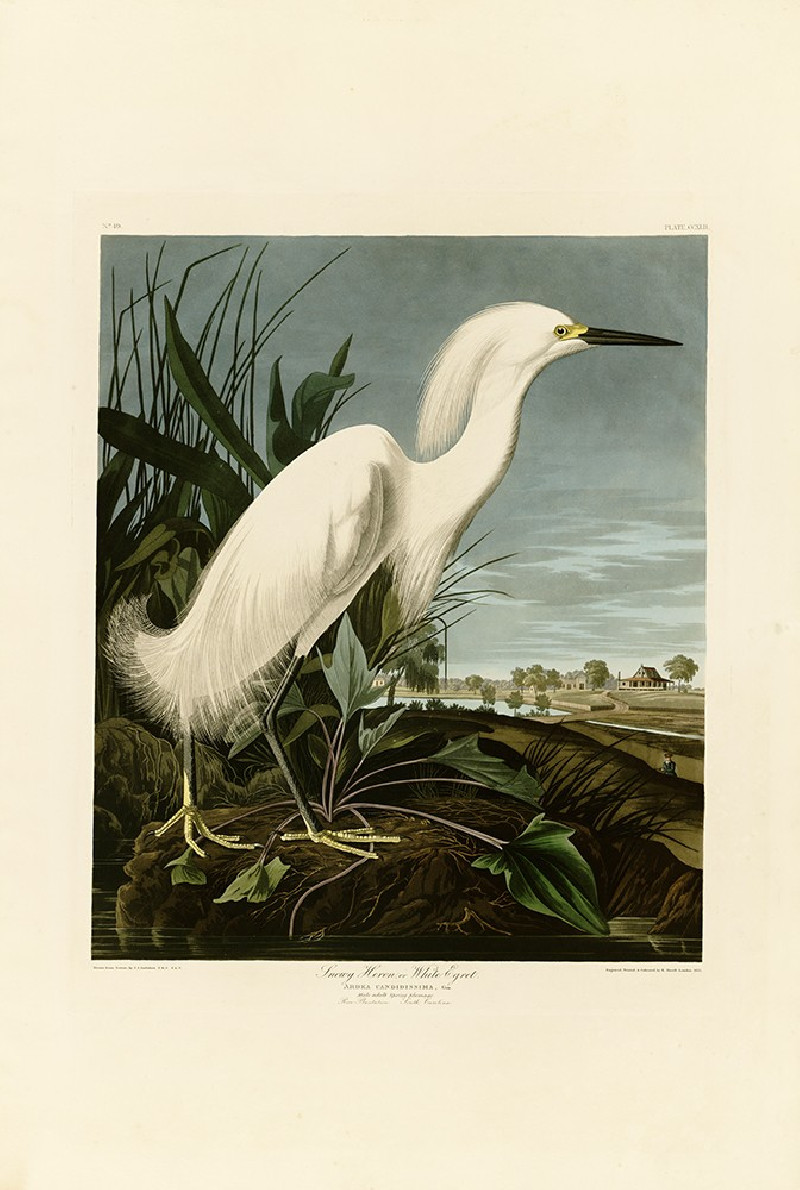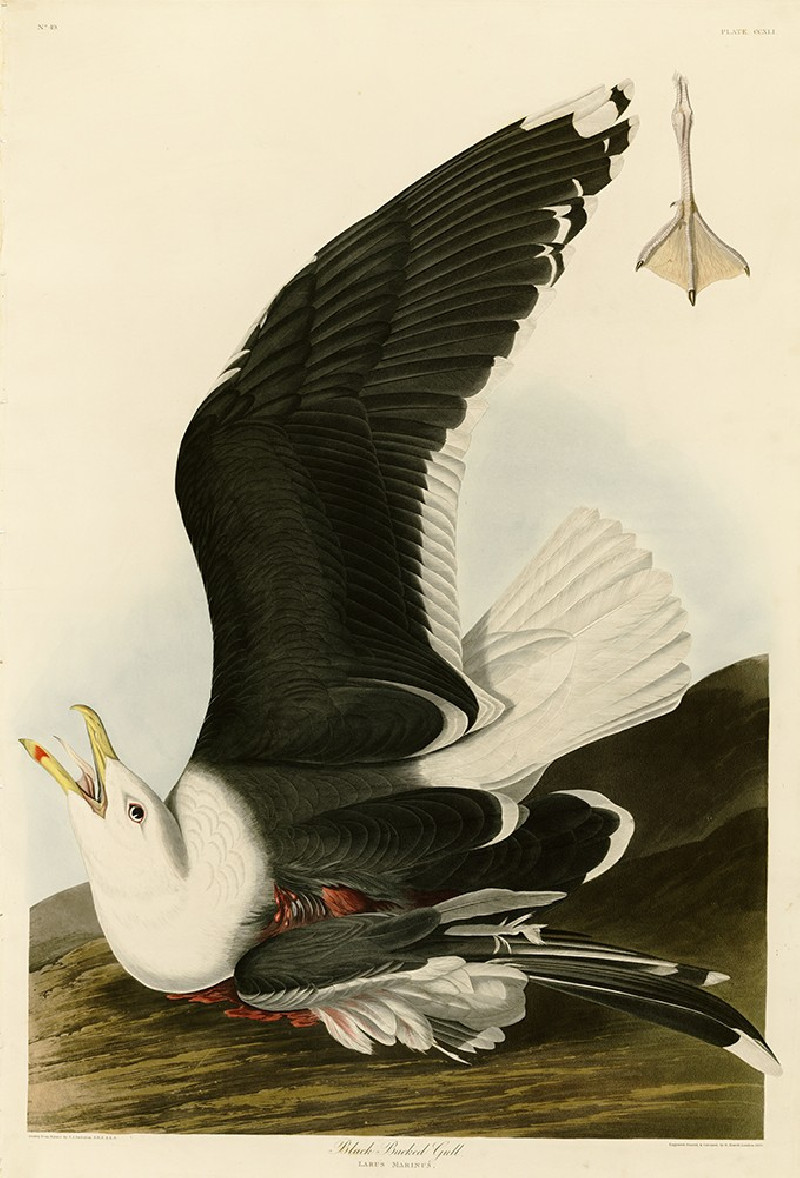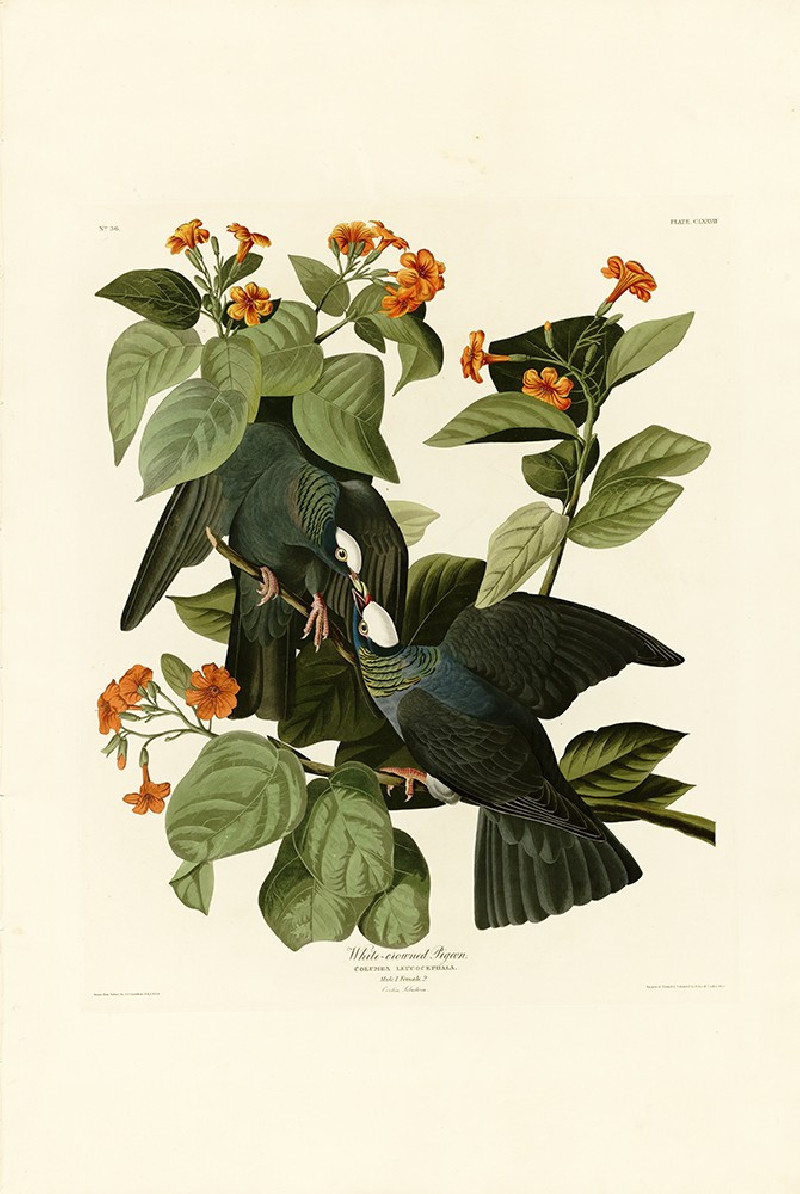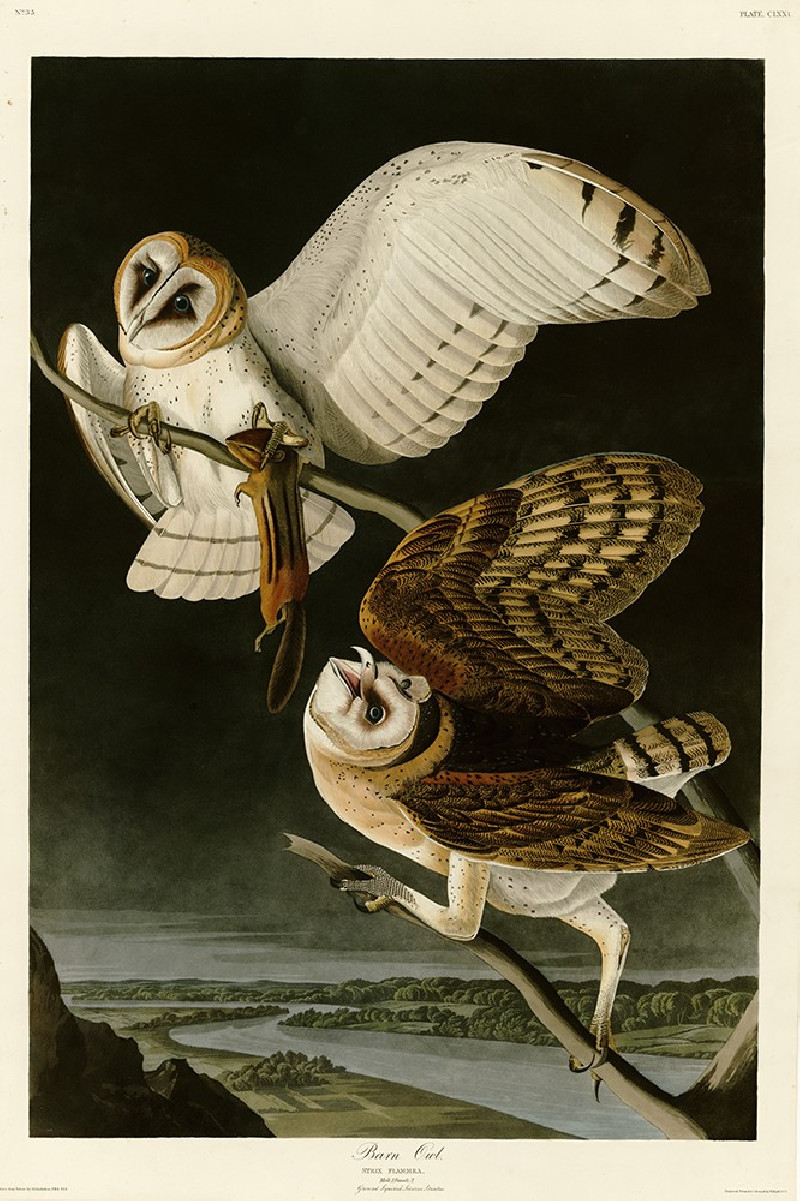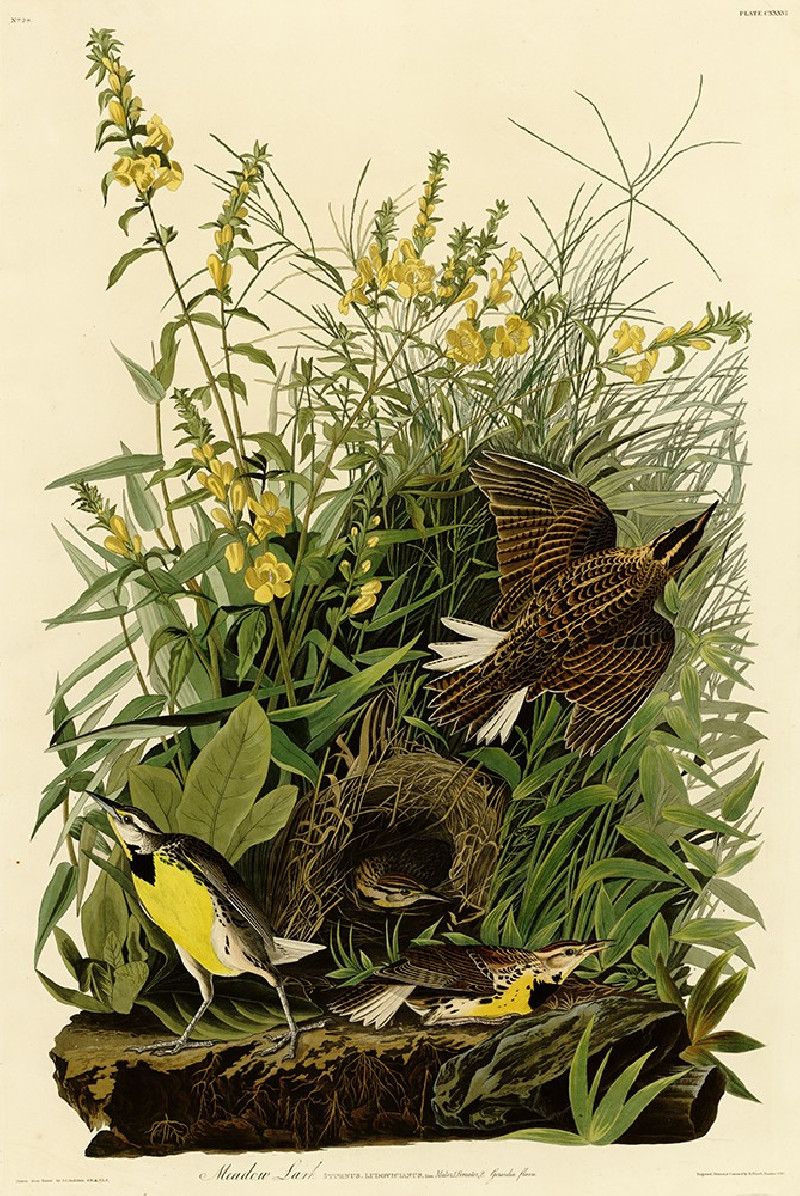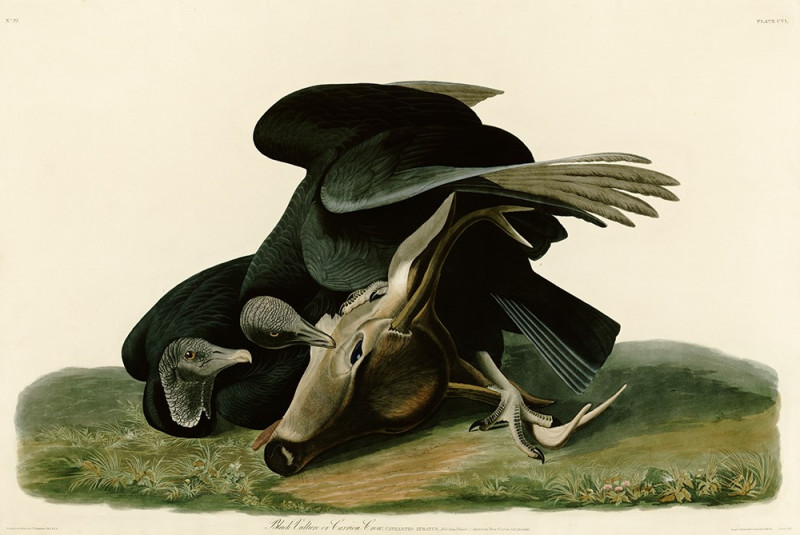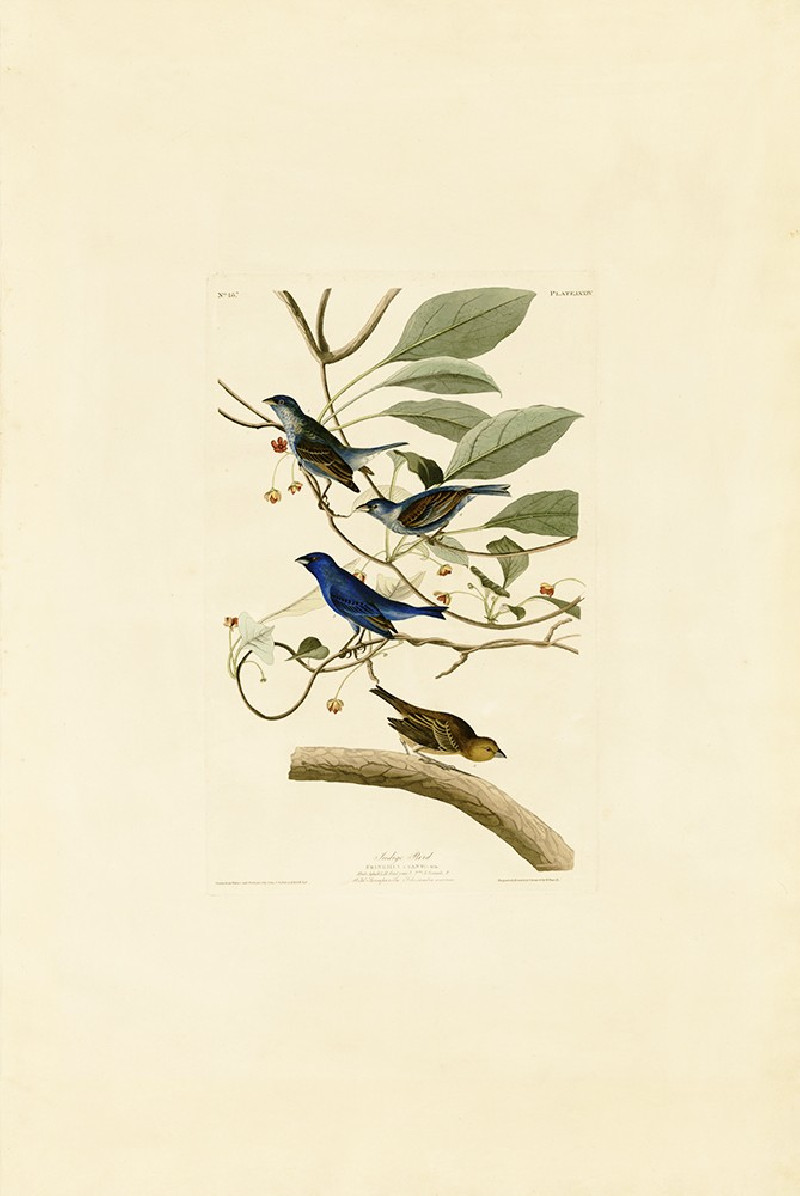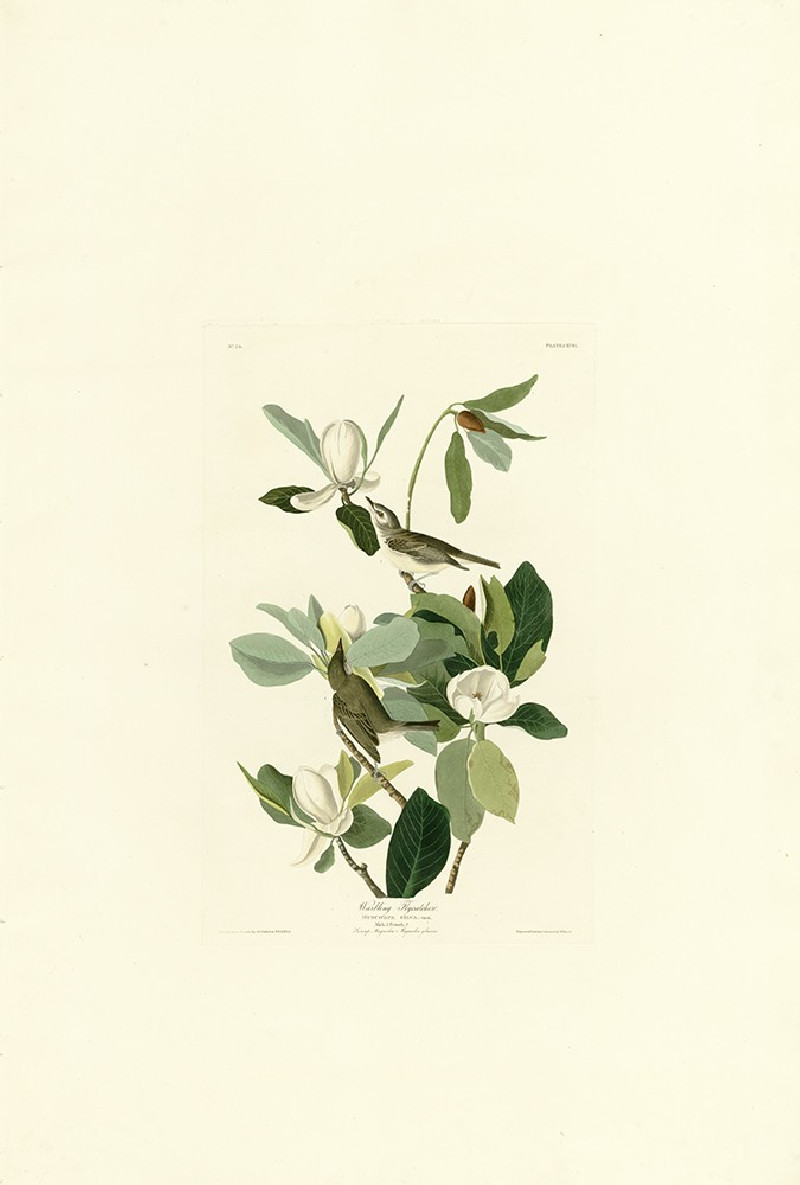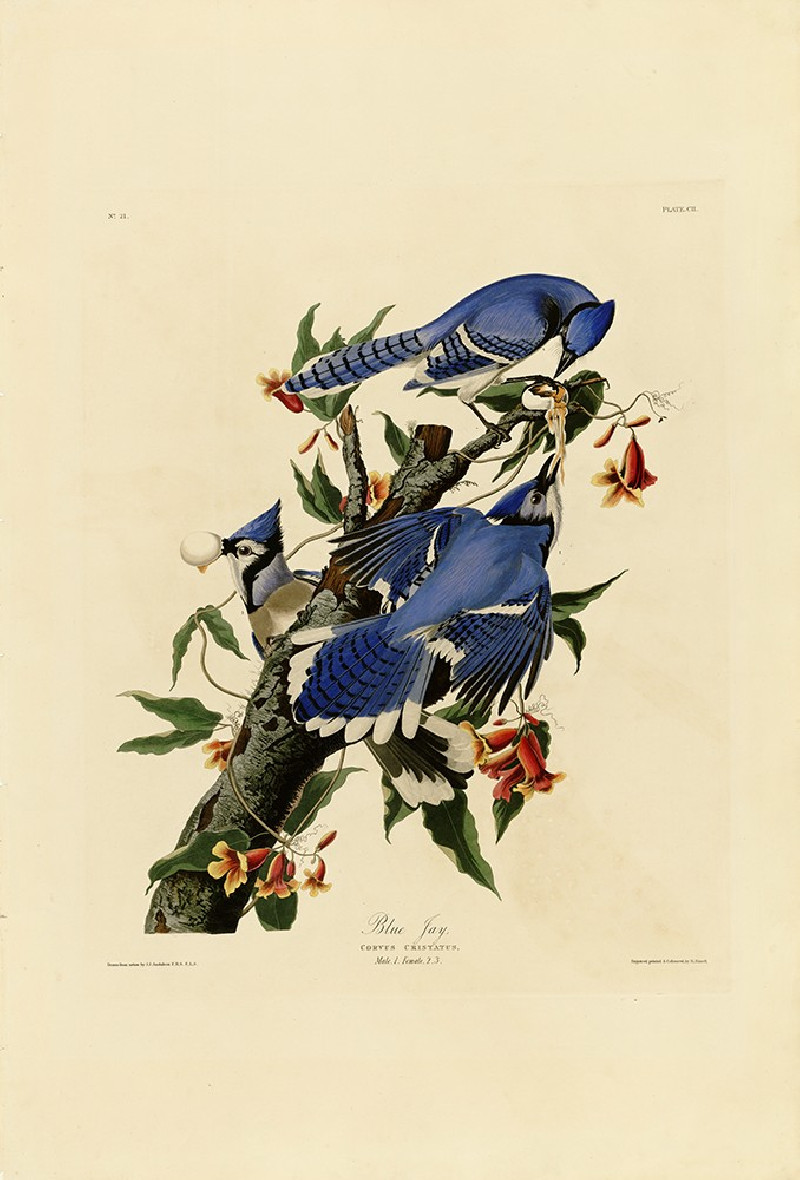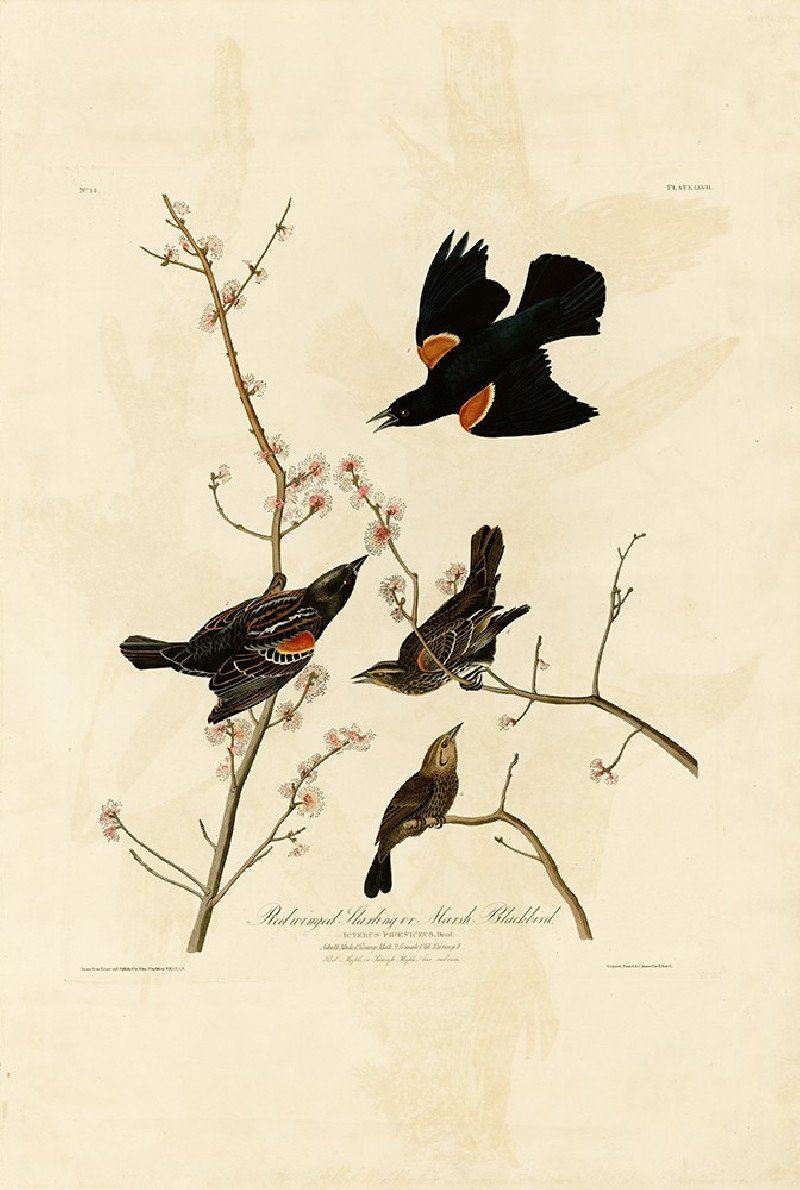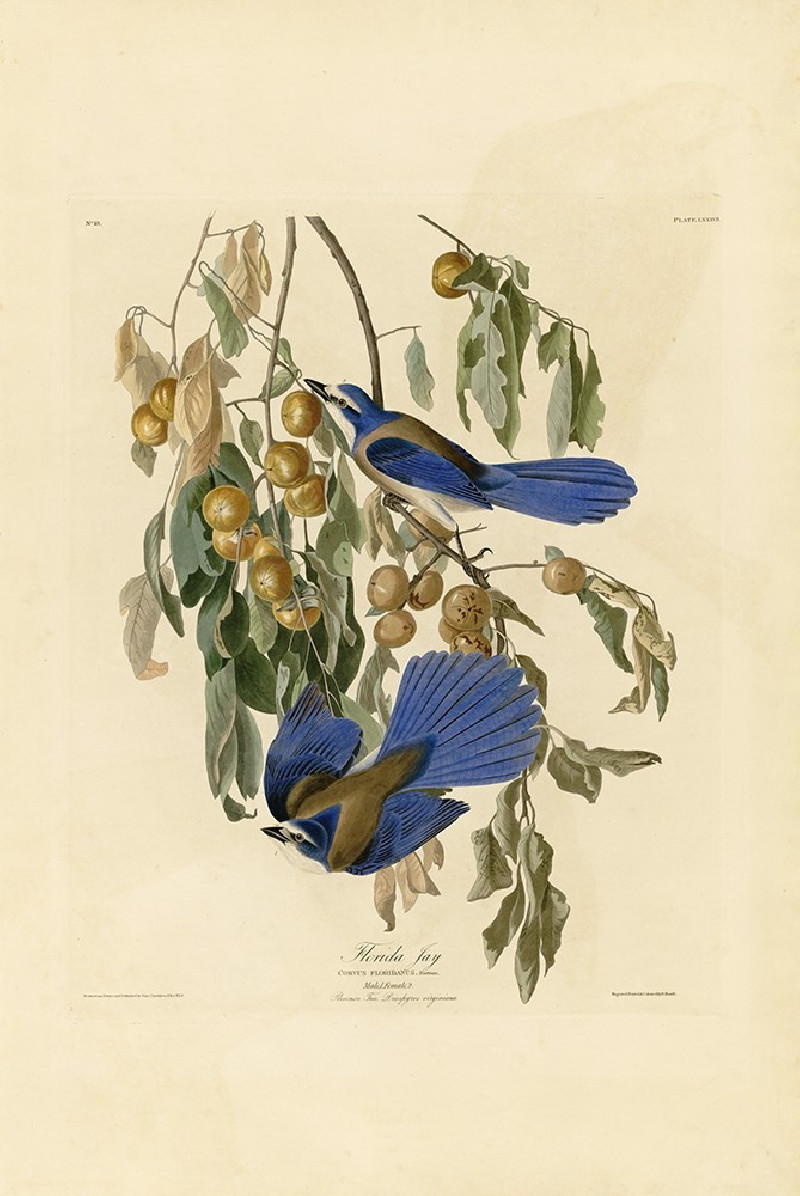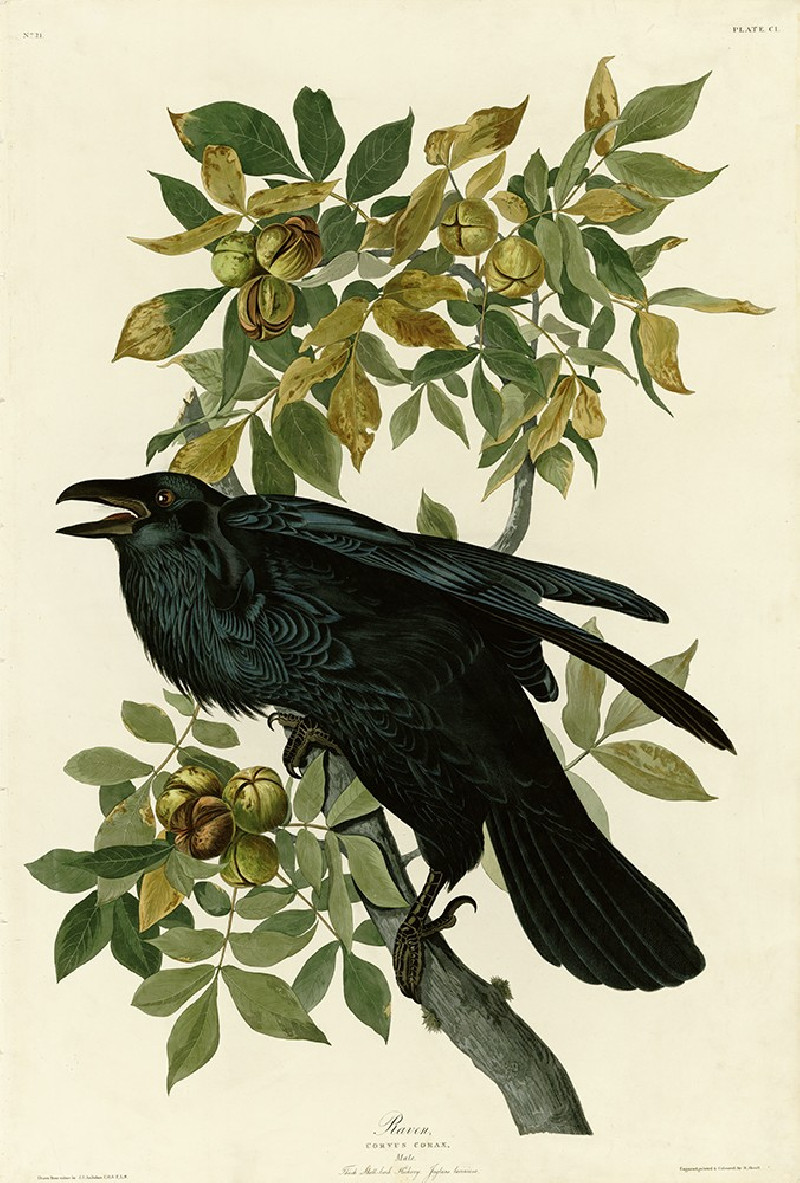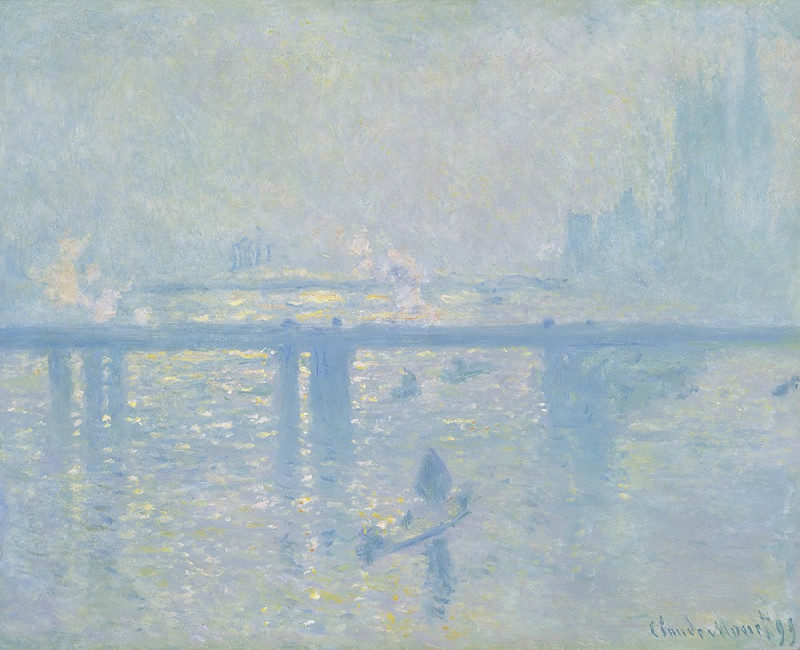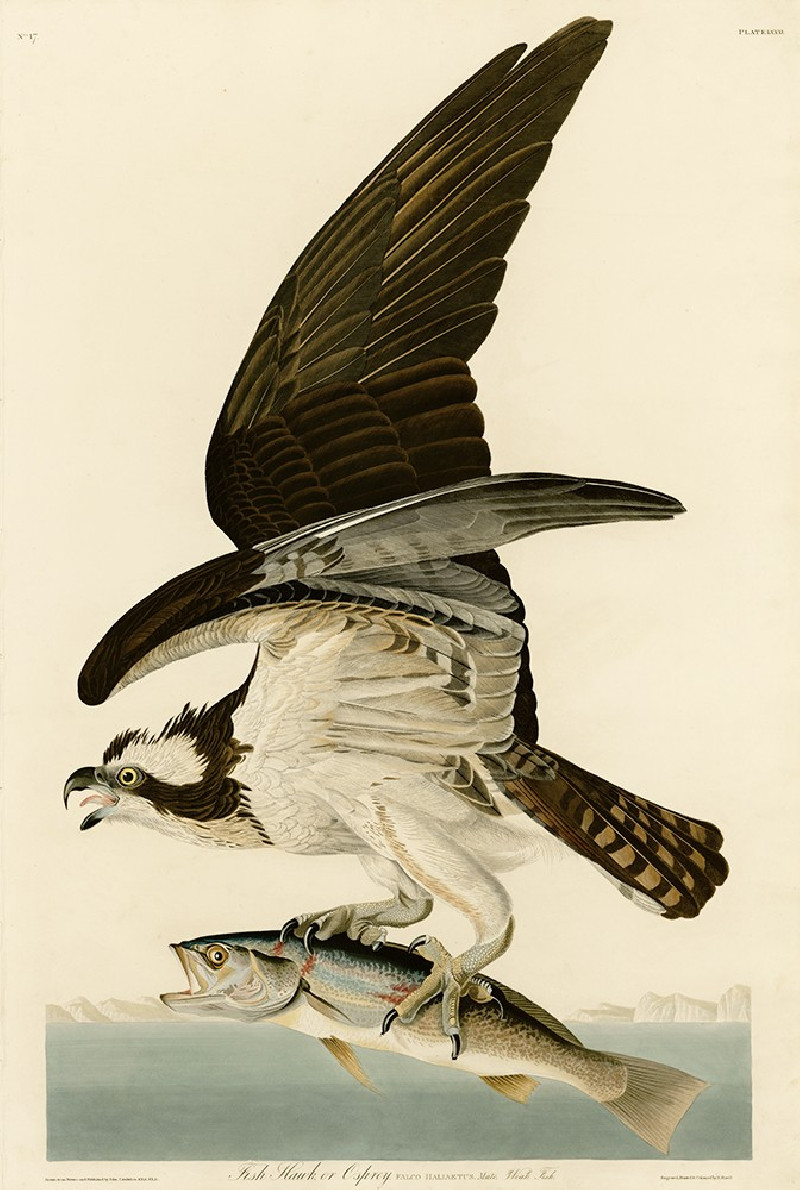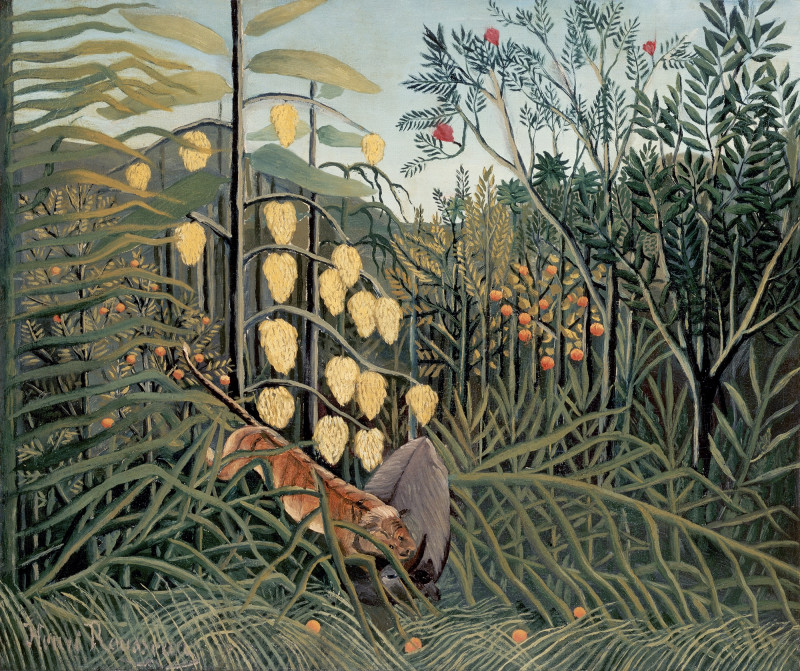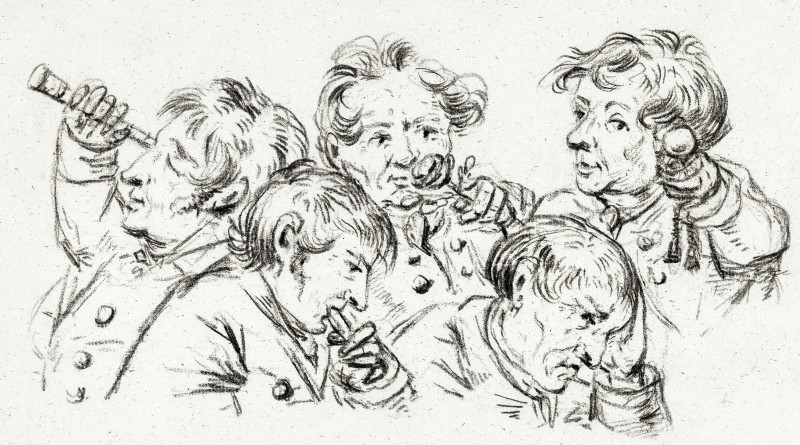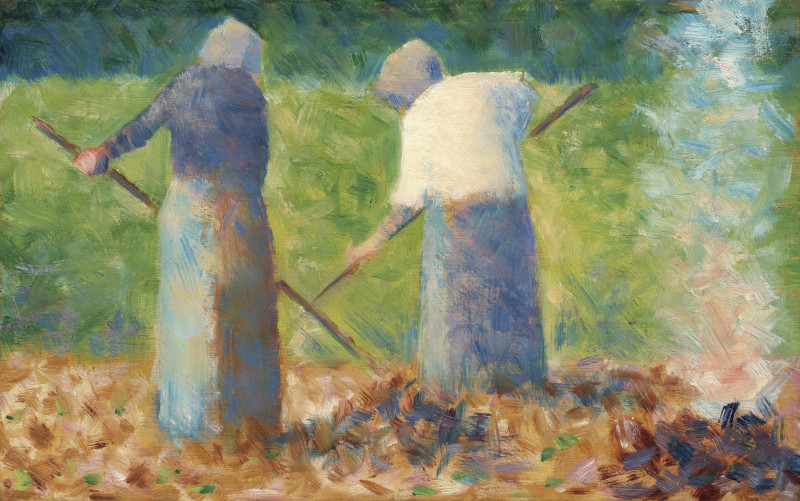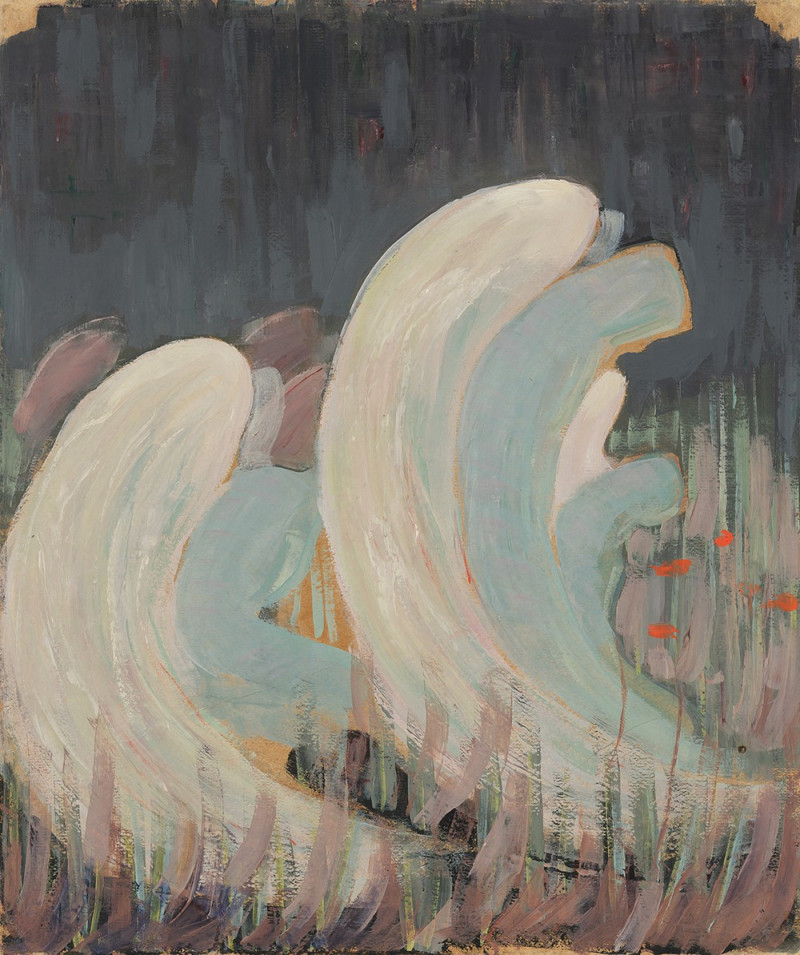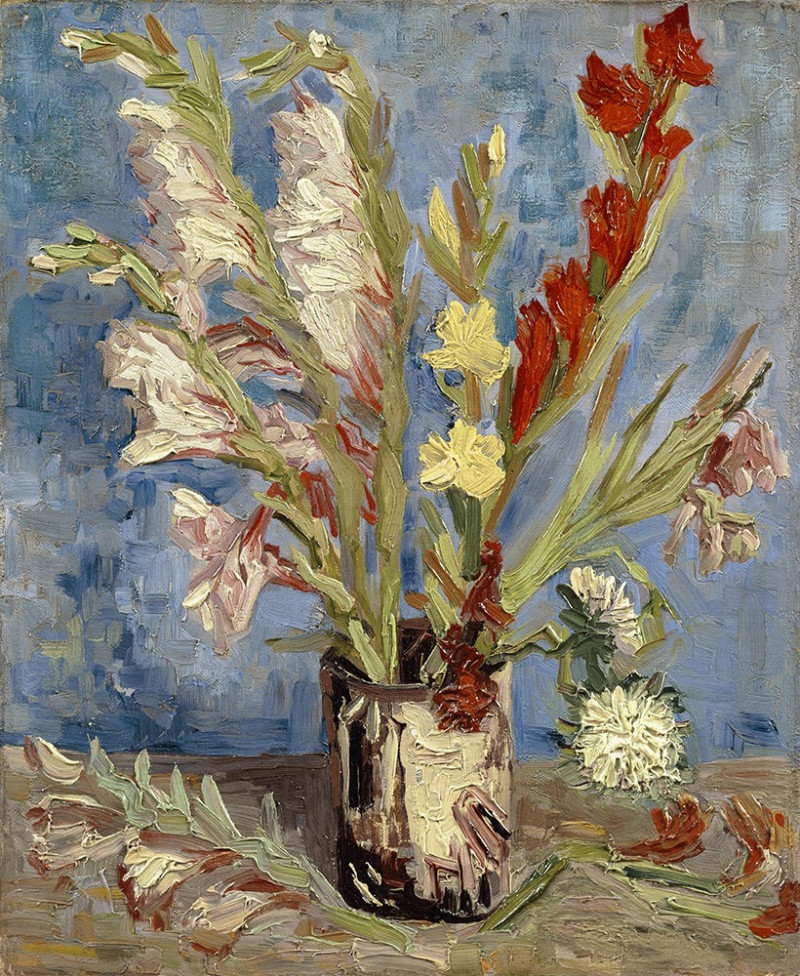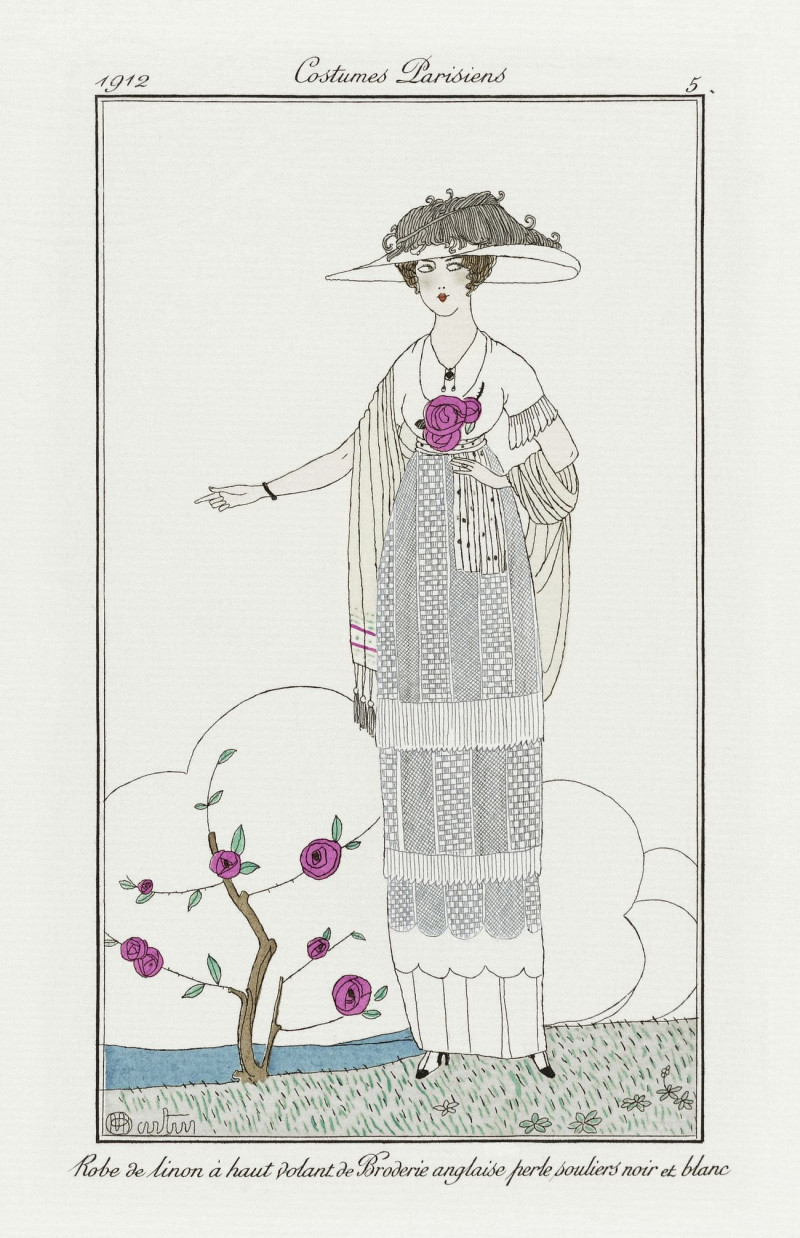Stanley Hawk
Technique: Giclée quality print
Recommended by our customers
More about this artwork
This painting by John James Audubon, titled "Stanley Hawk," brilliantly captures the majestic presence of birds of prey in their natural environment. The image features two Stanley Hawks, also known as the northern goshawk. The top hawk is depicted in flight, with its wings and tail feathers fully spread, illustrating the grace and power of its flight. The detailed illustration shows the mottled brown and white plumage and the focused, predatory gaze of the bird as it perhaps eyes its next meal.The second hawk, positioned at the lower part of the painting, perches on a wooden stump. It is shown in a more subdued state, yet maintains an aura of alertness. This hawk's plumage is finely rendered, showing similar patterns to the flying hawk but with softer, more varied shades.In the background, significantly smaller and portrayed in a blur of motion, a blue bird is seen flying. Its inclusion not only adds a splash of color to contrast with the more earthy tones of the hawks but also enhances the dynamic nature of the scene, suggesting a narrative where the smaller bird might be fleeing the potent predator.Audubon’s work is renowned for its scientific accuracy and artistic beauty, capturing the vivid details of each feather and the natural demeanor of the subjects. This painting is a perfect example of his artistry and deep understanding of avian subjects, making "Stanley Hawk" both a visually stunning and scientifically valuable illustration.
Delivery
Returns
John James Audubon (April 26, 1785 – January 27, 1851), born Jean-Jacques Audubon, was an American ornithologist, naturalist, and painter. He was notable for his extensive studies documenting all types of American birds and for his detailed illustrations that depicted the birds in their natural habitats. His major work, a color-plate book entitled The Birds of America (1827–1839), is considered one of the finest ornithological works ever completed. Audubon identified 25 new species.

